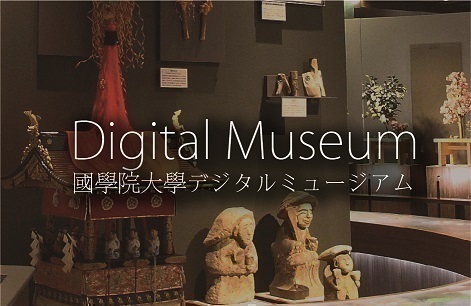- トップ
- Encyclopedia of Shinto
- Tokugawa Yoshinao
Encyclopedia of Shinto
| Main Menu: | |
| Links: |
詳細表示 (Complete Article)
| カテゴリー1: | 8. Schools, Groups, and Personalities |
|---|---|
| カテゴリー2: | Personalities |
| Title | Tokugawa Yoshinao |
| Text | (16-5) Lord of Kōfu Domain (in present-day Yamanashi Prefecture)and Owari Nagoya Domain (in Aichi Prefecture) in the early Edo period. His style was Shikei, and his posthumous name was Genkei. He was born as the fifth son of Tokugawa Ieyasu in 1600, and spent his childhood in Suruga Province (present-day Shizuoka Prefecture), where he studied under Hayashi Razan together with his brothers Yorinobu and Yorifusa. He was partial to national history and Shinto, and Razan wrote the Jinjakō shōsetsu, and Uda Tennō kiryaku at his request. In Owari Domain, Yoshinao employed many scholars to edit and produce texts on Shinto, historical subjects, and military science. Those who formed the nucleus of this enterprise were Hori Kyōan, Fukada Seihō, Takeno Ansai, Kumagai Kassui, and others. These men were responsible for the production of works such as Ruijū Nihongi, Jingi hōten, Guntōshi, and Gunsho suigen. At the same time, Yoshinao was extremely favorable toward Confucianism, and he established a shrine to Confucius within Nagoya Castle; he also built a hall honoring Confucius (called the Senseiden) at Ueno Shinobugaoka—where the Hayashi household had originally built a private academy—and he wrote the hall's title placard in his own calligraphy, also donating a picture scroll of Confucius and sacred vessels to be used for worship there. As a result of these endeavors, Yoshinao is historically held as having helped expand belief in the combinatory nature of Shinto and Confucianism. Yoshinao was also well known as a book collector; following Tokugawa Ieyasu's death, his library, the Suruga Collection, was divided among Yorinobu, Yorifusa, and Yoshinao. These bequeathed books from Suruga (called Suruga oyuzurihon) formed the main body of the monumental library which Yoshinao collected and preserved. He died in 1650 —Yazaki Hiroyuki |




